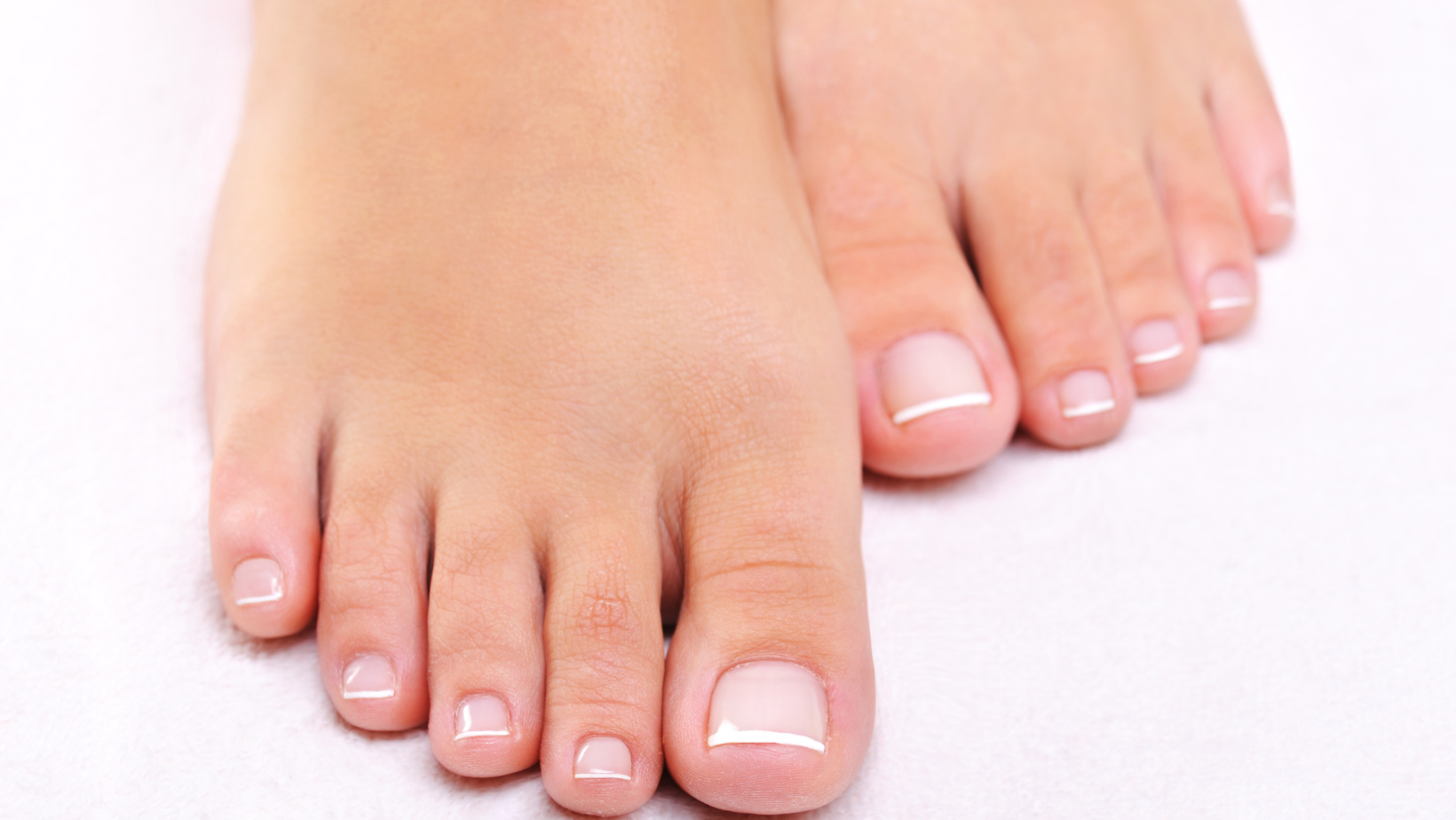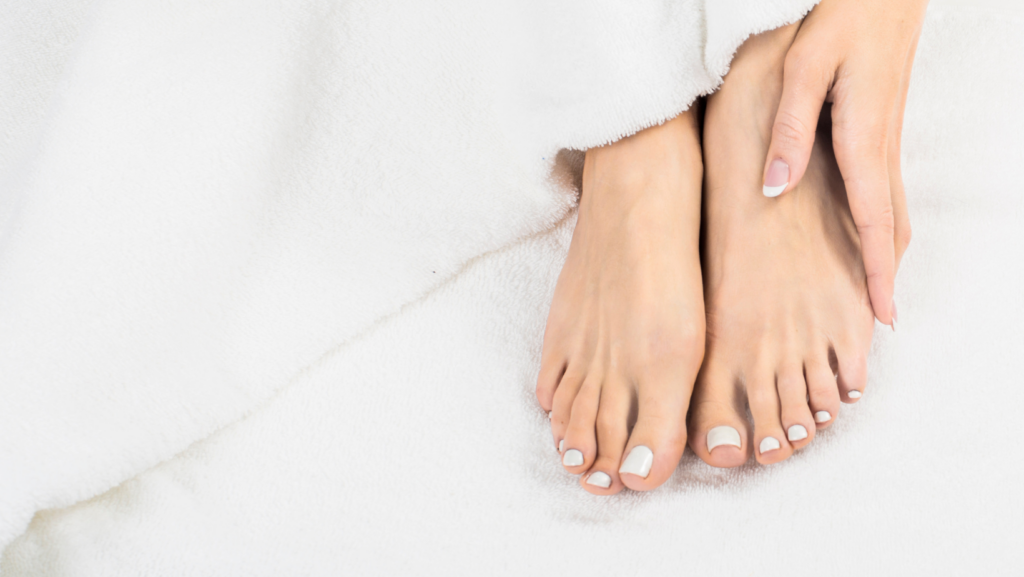Fallen arches, skew feet, flat feet:
how such issues occur, what you can do about them and why well-fitting shoes are so important
Most people are born with healthy, resilient and hard-wearing feet. A normal foot has a pronounced transverse and longitudinal arch – when a footprint is made, the heel, outer edge, ball of the foot and the tips of the toes can all clearly be seen, while the arch is not visible.
Our feet however change over the course of our lifetimes: the longitudinal arches may sink, for example, resulting in so-called fallen arches or skewed feet. The footprint reveals a bridge between the forefoot and hindfoot that is wider than usual. If the arch has completely fallen and the foot lies flat on the ground, this is called a flat foot.

Causes
The causes of flat feet are many and varied: obesity, rheumatism, carrying heavy loads, weakness of the muscles, tendons or ligaments that may be congenital or caused by too little exercise, but also wearing the wrong footwear or an accident causing a partial or complete tear of the tendon. This leads to weakening or even degeneration of the foot muscles, which can in turn cause the foot to become longer, wider and flatter. This causes overstretching of the tibialis posterior tendon, which runs from the lower leg to the inner ankle and inner edge of the foot: the tension maintains the longitudinal arch in a healthy foot.
Flat feet often occur along with other foot deformities, e.g. skew or splay feet. The problem usually causes pain on the inner edge of the foot, especially the inner ankle, which can spread to the lower leg. Sometimes there is swelling on the inside or outside of the ankle; the outside edge of the foot may also become painful. Those affected can often only walk short distances as the foot tires much more quickly. The problem can also be seen from a person’s footwear, as the inside of the sole is often heavily worn.
Flat feet and fallen arches – what can be done?
Around 30% of people suffer from flat feet or fallen arches, with women aged between 40 and 50 years particularly affected, although pain is not necessarily an issue. The best treatment so as to keep matters that way is to strengthen the muscles, tendons and ligaments – ideally through regular barefoot walking and special exercises! If the deformity is already painful, you should always consult an orthopaedist for an exact diagnosis, as your feet and their associated ailments are very personal. Other problems, such as heel spurs or hallux valgus (bunions), may also underlie the unpleasant pain. Only when the cause is correctly determined can effective remedies be found.

Supporting and stabilising: the right shoe
Of course, the right individual footwear is particularly important for pain prevention and relief: here, too, it is vital to bear in mind that every foot is different and will therefore require a different shoe. Basically, however, good fit is critical when it comes to flat feet: slightly wider shoes tend to be the better choice, as the feet should have enough freedom of movement and sufficient space to roll naturally. The shoes should however also offer the foot good purchase, enclose the heel firmly and have a supportive footbed.
What to look for when buying shoes:
- The shoe should be comfortable and wide enough.
- The shoe should offer enough space to roll.
- The protection should provide good purchase for the foot.
- The shoe should not have high heels.
- The shoe should be made of high-quality, flexible materials, with the sole cushioning the load.
The original Birkenstock footbed is modelled on a natural footprint in the sand and is designed right down to the last detail. It supports the foot without constricting it and provides sufficient space, thus helping to ensure that the load on the feet is as evenly spread as possible, even when standing or walking for long periods of time. This in turn helps promote health and well-being.
A medical diagnosis should always be sought, however, especially in the event of complaints or extremely flat feet, as in such cases individually fitted, orthopaedic insoles are usually necessary for optimum foot stabilisation and to avoid any worsening of the symptoms.
SIGN UP FOR OUR NEWSLETTER

